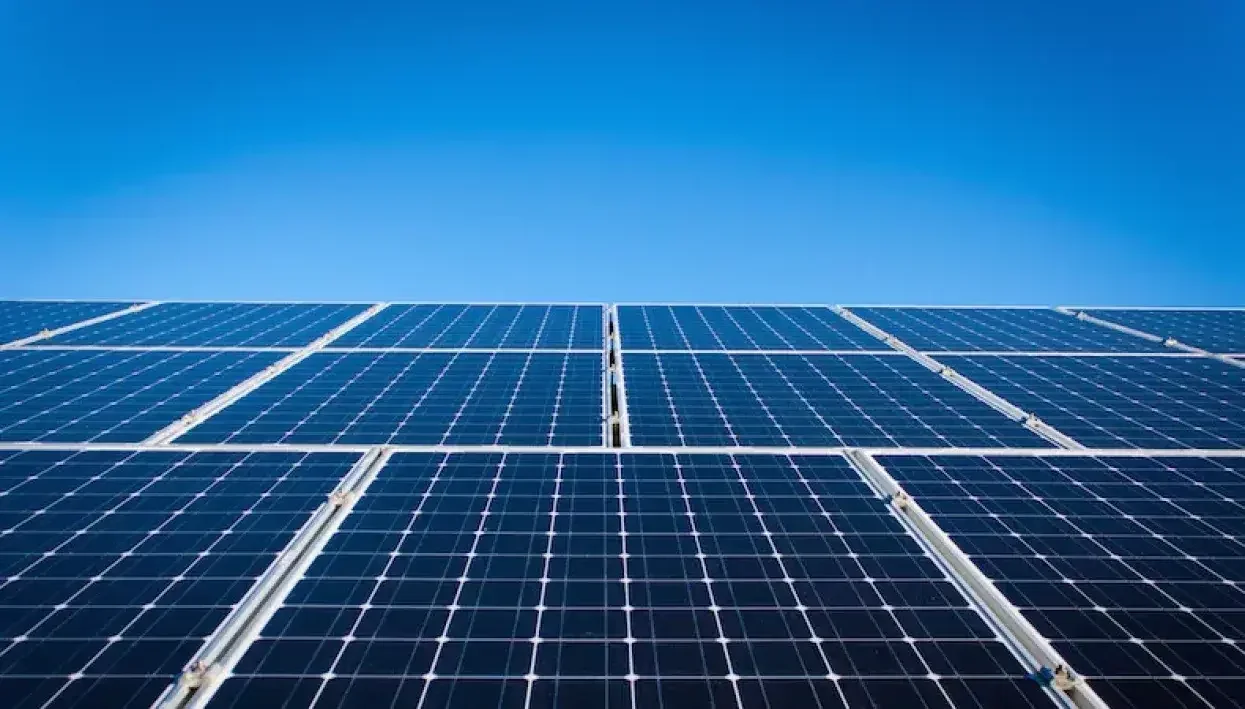
If you want to find major emitters of global carbon dioxide, look no further than your city’s skyline.
Buildings account for more than one-third of all final energy consumption and half of global electricity use. And they’re responsible for approximately one-third of global carbon emissions.
According to the International Energy Agency, energy consumption in buildings needs to be reduced by 80 % by 2050 if we want to limit the world’s temperature rise to under 2 °C. But now there’s a solution to making our building stock more energy-efficient. Here’s introducing the new ISO 52000 series of standards!
With ISO 52000-1, Energy performance of buildings – Overarching EPB assessment – Part 1: General framework and procedures, as its leading document, the ISO 52000 family will accelerate energy efficiency in the world’s building market.
From heating, cooling, ventilation and smart controls, to energy-using or -producing appliances, the series will help architects, engineers and regulators assess the energy performance of new and existing buildings in a holistic way – without overheating budgets – as the temperature rises.
Dick van Dijk and Prof. Essam E. Khalil, Co-Convenors of the ISO joint working group on the energy performance of buildings (EPB), explain: “The ISO 52000 series of standards will enable to assess the overall energy performance of a building. This means that any combination of technologies can be used to reach the intended energy performance level, at the lowest cost.”
ISO 52000 contains a comprehensive method of assessing energy performance as the total primary energy used for heating, cooling, lighting, ventilation and domestic hot water of buildings. It will help accelerate progress in building energy efficiency utilizing new materials, technology and approaches to building design, construction and management.
High-quality design and craftsmanship are prerequisites in energy-efficient construction. Buildings will be made energy-efficient by using high-quality building fabric materials and products, combined with high-quality technical building systems and renewable energy technologies. The key is the systemic approach that assesses the energy performance taking into account the dynamic interactions between the systems, the users and variable outdoor climate conditions.
The holistic approach is critical for technological innovations and their implementation, say the Co-Convenors. “Countries using the approach for several years – take, for instance, the Netherlands – have experienced large-scale implementation and cost savings on a variety of new technologies.” This includes novel concepts in the fields of thermal insulation, windows and glazings, heating, cooling, lighting, ventilation or domestic hot-water systems, building automation and control, and renewable energy sources.
The overarching EPB standard – ISO 52000-1 – is complemented by a set of standards comprising calculation methods for heating and cooling, performance of building elements, as well as aspects regarding energy performance indicators, ratings and certificates, for example. And additional ingredients to expand the holistic approach for energy-saving buildings are expected to be added in the near future.
The ISO 52000 series was prepared by ISO technical committees ISO/TC 163, Thermal performance and energy use in the built environment, whose secretariat is held by SIS, the ISO member for Sweden, and ISO/TC 205, Building environment design, whose secretariat is held by ANSI, the ISO member for the USA, in collaboration with the European Committee for Standardization (CEN) technical committees CEN/TC 371, Energy Performance of Buildings project group, and CEN/TC 89, Thermal performance of buildings and building components.